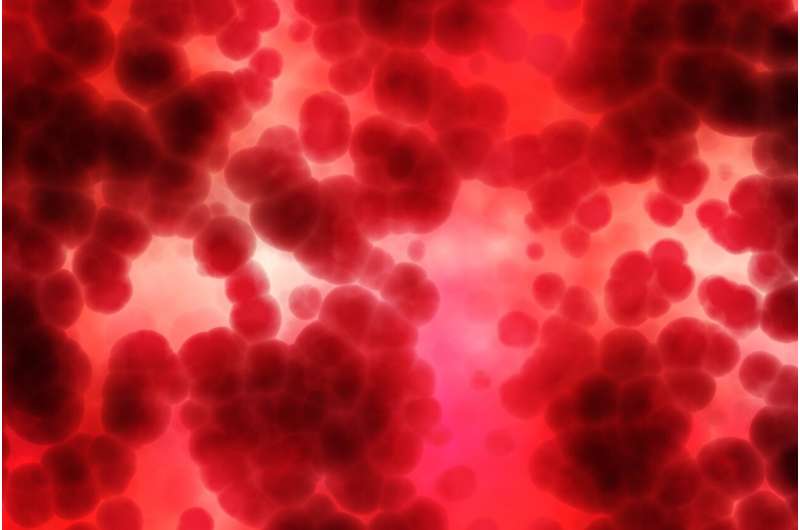
There has been a monumental policy shift in paying plasma donors in Canada.
In September, Canadian Blood Services (CBS) made a 15-year deal with Spanish health-care giant Grifols for blood plasma collection and products. The deal upends the 1997 recommendations from the commission of inquiry into the tainted blood scandal that urged no paid donations of blood or blood products.
More than 30,000 Canadians were infected with hepatitis C and another 2,000 contracted HIV from tainted blood and blood products during the ’70s and ’80s, resulting in more than 8,000 deaths.
“The hemophilia community was decimated by HIV and hepatitis C through tainted blood,” David Page, national director of health policy at the Canadian Hemophilia Society, said at a 2019 Senate hearing.
The Commission of Inquiry on the Blood System in Canada released its final report in 1997. The recommendations were clear: do not pay blood donors, including those who donate plasma, “except in rare circumstances.”
Policy shift
Fast forward almost three decades and paying plasma donors is standard practice for private plasma collection sites. It’s supported by CBS (although it does not pay donors directly at its own sites), Health Canada and many of the groups most adversely affected by the tainted blood scandal, including hemophiliacs and those with primary immunodeficiency disorders whose lives rely on plasma products.
Paid plasma donors can donate up to twice per week and can earn in excess of $500 per month by donating at the maximum frequency and volume of plasma collected, according to Canadian Plasma Resources, a company with plasma collection centers in the Prairie provinces as well as New Brunswick.
What caused this policy shift? Essentially: enhanced donor screening, rigorous regulation by both Health Canada and the U.S. Food and Drug Administration, viral inactivation by heat or solvent processes and synthetic methods to produce some plasma products, namely clotting factors.
Page’s opinion has changed. In an interview, he said he feels that sufficient measures have been put in place to make plasma products safe, and supports using plasma from paid donors as a necessity to meet the health-care needs of Canadians.
In the quarter of a century since the tainted blood scandal there has not been a single case of disease transmission via a blood product in Canada, Page pointed out. He attributed this to enhanced regulatory and safety measures.
Canada’s plasma supply
The change in policy reflects a little-recognized truth about Canada’s blood system: It doesn’t come close to meeting the nation’s need.
In 2017 Health Canada established an expert panel on Immune Globulin Product Supply and Related Impacts. It reported that more than 80 percent of fractionated plasma products, namely immunoglobulins, comes from imported product, almost all from paid donors in the United States. It has cost CBS more than $700 million a year.
CBS has set an objective of reducing dependence on imports of plasma-derived immunoglobulins to at least 50 percent, and must do so “with a degree of urgency” says Graham Sher, CEO of CBS.
The new deal with Grifols will provide 2.4 million grams of plasma-derived immunoglobulins, collected from Canadian donors, helping CBS reach its targets.
The company entered the Canadian market in 2011 and has a plasma fractionation plant in Montréal and a plasma collection site in Winnipeg. In addition, Grifols plans to expand paid plasma donor sites in Ontario and British Columbia as agents of CBS.
Neither side will reveal the contract details.
The deal with Grifols, by itself, will not meet CBS’s 50-per-cent target. To make up the difference CBS plans to increase its own dedicated plasma collection sites from five to 11 by 2024. CBS’s own plasma donation sites will remain uncompensated.
Plasma and plasma products
Plasma differs from the whole blood that is collected for transfusion at donor clinics across the country.
During plasma collection, red and white blood cells and platelets are returned to the donor, leaving a straw-colored liquid called plasma. This process is called plasmapheresis.
Essential proteins, such as albumin, clotting factors and immunoglobulins, are recovered from the plasma through fractionation.
Such plasma is called “source plasma” and is used only after it has been treated to remove or inactivate viruses and other pathogens. CBS cannot supply sufficient source plasma products, namely immunoglobulins, from unpaid donors, to meet the needs of Canadians and has been buying fractionated plasma products since its inception in 1998. It spent more than $200 million on plasma in 2000 and within the last five years has spent more than $700 million per year.
For patients with immunodeficiencies, those requiring protection from diseases such as rabies or tetanus or Rh-negative pregnant patients, there are no other treatment options.
Opposition
Meanwhile, there is still opposition to paying plasma donors. BloodWatch, a not-for-profit organization, opposes paying donors for plasma or other human tissues. It is a strong proponent of a fully public blood collection system, as is the Canadian Health Coalition.
BloodWatch cites safety, profit making and potential exploitation of plasma donors as reasons to reject the Grifols deal. A hybrid system of paid and unpaid donors competes with, and compromises, Canada’s ability to become self-sufficient, it argues.
The Canadian Hemophilia Society’s Page disagrees.
Source: Read Full Article
